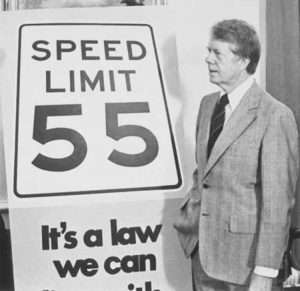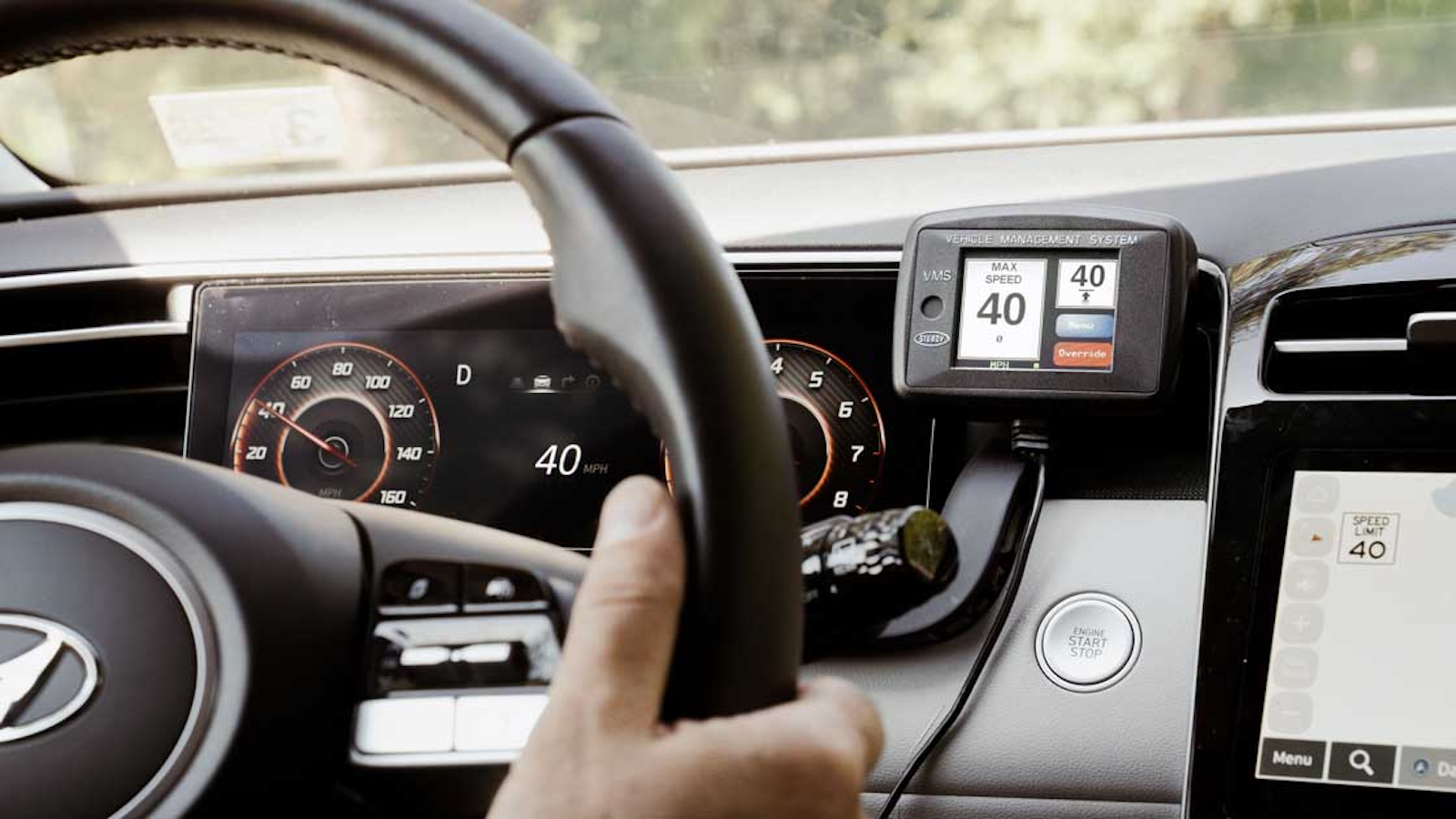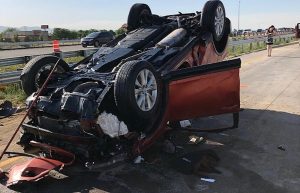A new study revealed 60% of Americans were in favor of technology alerting them when they were speeding, and about half were in favor of more proactive technologies to slow them down. These findings come weeks after California asks automakers to install speed limiters in vehicles.
Perhaps more surprising is that nearly half of those polled were all right with technology that makes it harder to depress the accelerator pedal or some form of speed limiter, according to the Insurance Institute of Highway Safety.
“These findings are exciting because they suggest American drivers are willing to change how they drive to make our roads safer,” IIHS President David Harkey said. “The conventional wisdom has always been that speed-restricting technology would never fly in our car-centric culture.”
The IIHS is quick to point out speeding is plays role in more than 25% of all U.S. traffic fatalities. Despite this, half of all drivers admit to driving at least 15 mph over the speed limit in the last month.
Fewer deaths
Speeding accounts for 12,000 traffic deaths annually in the U.S., but opponents are going to note that fatalities fell last year.
Preliminary federal data indicated 44,450 Americans died in highway crashes last year. If the numbers hold, that would mark a 4% year-over-year decline and the first decrease since 2019, according to the National Safety Council.
Fatal crashes fell sharply through the first decade of the new millennium but then began an unexpected rise. In 2021, 42,939 motorists, passengers, bicyclists and pedestrians were killed, the highest number in 16 years.
That said, the number of groups seconding the push for speed limited is growing. The National Traffic Safety Board recommends some form of speed limitation every year. Ann Carlson, the acting administrator of the National Highway Traffic Safety Administration, says speeding accounts for nearly a third of all traffic fatalities.
What kind of technology
“We can no longer pretend this is an unsolvable problem,” said IIHS Senior Research Scientist Ian Reagan, who designed the survey about intelligent speed assistance (ISA).
“With the technologies we have now, we could stop virtually all speeding and eliminate speeding tickets to boot. Instead, we seem to be going the opposite direction, with adaptive cruise control and partial automation systems that allow drivers to peg their speed at 90 mph if they want.”
Speed limiters aren’t new as fleet operators have been governing the top speed of their trucks for years, but the idea of one for a vehicle isn’t exactly new either. General Motors offers the technology in many of its new vehicles right now, designed to keep young drivers from going too fast.
In contrast, ISA systems use GPS and a speed limit database, sometimes together with cameras capable of reading posted signs, to identify and adapt to the actual speed limit. The little icon with the local speed limit that pops up in the corner of the Apple Maps, Google Maps and Waze apps is a simple version. (Waze and some other less well-known apps also offer additional ISA functions.)
More robust ISA systems sound a warning or flash an alert when the driver exceeds the limit — or when they exceed it by more than a specific amount. Others provide accelerator feedback — making the pedal harder to push — or restrict power to the engine to prevent the driver from going too fast.
It’s happened before

The “double-nickel” speed limit was first enacted by Pres. Richard Nixon and then made permanent by Pres. Jimmy Carter.
Back in 1973, the Nixon administration passed a measure aimed at reducing the use of imported oil in the wake of the first Mideast oil boycott. Speed limits across the country initially were reduced to 50 mph, then raised to 55. Proponents claimed the pay-off was an immediate impact on highway safety, road deaths tumbling 23% during the first half of 1974.
But opposition to the “double-nickel” rules was fierce, legendary automotive journalist Brock Yates decrying supporters as “Safety Nazis.” Speeding became the single most frequently violated law in the U.S., according to many experts.
In 1995, the 55-mph limit was repealed, even as then-Ohio Sen. Mike DeWine warned that, “If we raise the speed limit, people will die.”
That didn’t happen, however. Much to everyone’s surprise, fatalities that peaked at 44,599 in 1990 began to flatten out and then drop sharply. By 2011, the number was down to 32,479. But then, highway fatalities began rising again, peaking out in 2021 at 42,939.





0 Comments